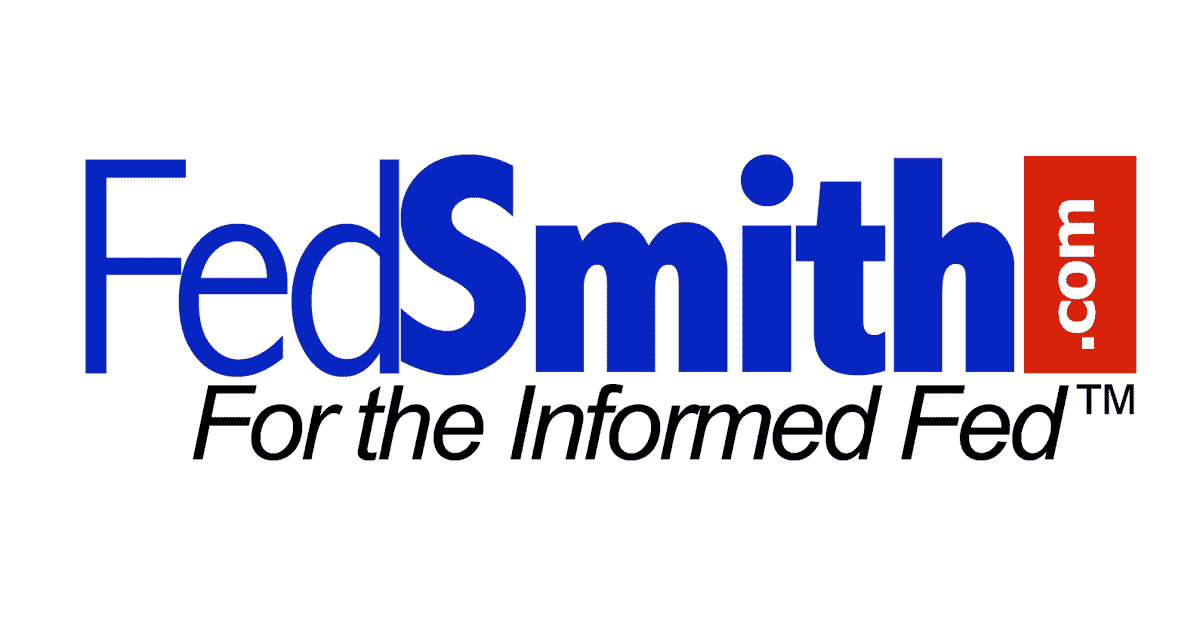Navigating health insurance decisions in retirement is one of the most important and often confusing choices federal retirees face. As a federal retiree, you have access to the Federal Employees Health Benefits (FEHB) Program, which is one of the most comprehensive health insurance options available. Still, when you become eligible for Medicare at age 65, you must decide whether to enroll in Medicare Part B, keep only FEHB, or combine both.
Understanding Your Health Insurance Options
FEHB in Retirement
The FEHB Program is a cornerstone benefit for federal employees and retirees. It provides access to various health plans, allowing you to choose from many plans with different costs, deductibles, and provider networks. To maintain FEHB in retirement, you must have been enrolled for at least five consecutive years before retiring.
Medicare Basics
Medicare is a federal health insurance program for people age 65 and older, as well as certain younger individuals with disabilities. It has several parts:
- Part A covers hospital care and is usually free for most people.
- Part B covers outpatient services, doctor visits, and preventive care, but it requires a monthly premium.
Why Consider Both FEHB and Medicare Part B?
You are not required to enroll in Medicare Part B if you have FEHB, but many retirees choose both because it can improve your coverage and lower your out-of-pocket costs. Here’s how it works:
- Lower Cost Sharing: Medicare usually pays first, and your FEHB plan pays second. This can reduce your copayments and deductibles.
- Extra Benefits: Some FEHB plans, like Blue Cross Blue Shield Basic, offer partial reimbursement for your Medicare Part B premium. Other plans, such as some offered by GEHA, also work well with Medicare and may help you pay less for medical care.
- No Need for Medigap: If you have both FEHB and Medicare Part B, you usually do not need to buy a separate Medigap (Medicare Supplement) policy.
What If You Want to Limit Monthly Costs?
If your main goal is to keep your monthly costs low, you might decide to keep only FEHB and skip Medicare Part B. However, consider the possibility of higher out-of-pocket costs later if you have unexpected medical needs. Medicare Part B can help protect you from large bills, especially for outpatient care.
Flexibility in Retirement
One of the best features of FEHB is that you can change your plan every year during Open Season, even after you retire. This means you can adjust your coverage if your health needs or budget changes over time.
Conclusion
Deciding whether to add Medicare Part B to your FEHB coverage depends on your budget, health needs, and long-term plans. Having both FEHB and Medicare Part B can give you more complete coverage and may lower your total medical expenses, especially if you choose an FEHB plan that works well with Medicare. If your main concern is keeping monthly premiums low, keep only FEHB for now.
Review your options each year and consider consulting a financial advisor familiar with federal retirement benefits to ensure your coverage aligns with your health and financial goals, and remember, you can always change your FEHB plan during Open Season.





